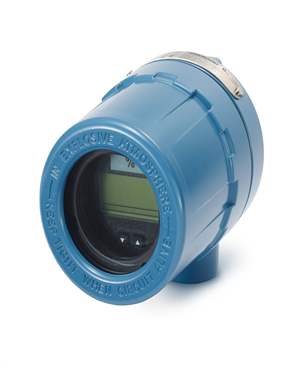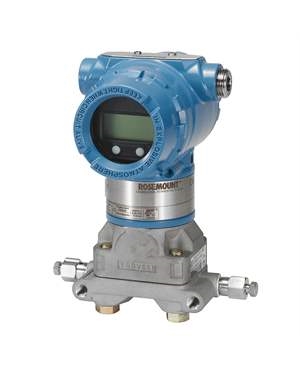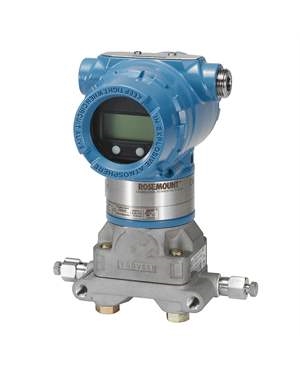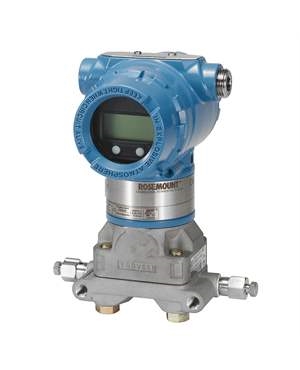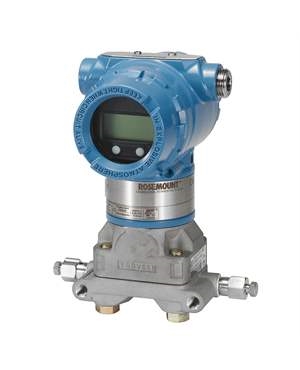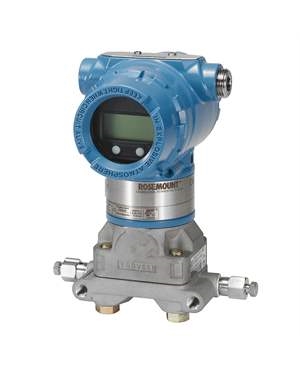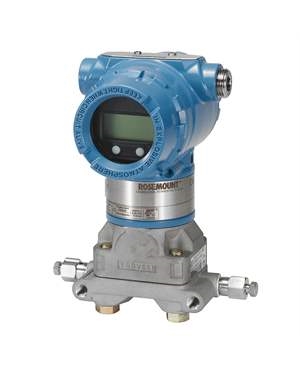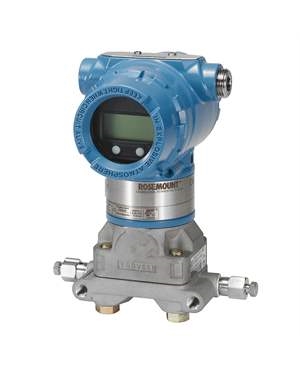Key Sensors for Monitoring Emissions in Wet and Dry Scrubber Systems
Brian Craig
July 18, 2025
In today’s increasingly regulated industrial landscape, emission control systems like wet and dry scrubbers play a vital role in reducing pollutants from flue gases. But efficient scrubbing is only part of the equation, accurate, reliable sensor instrumentation is what ensures these systems operate within compliance, stay optimized and avoid costly downtime.
Whether you’re upgrading a scrubber system in a chemical plant or troubleshooting one in a power generation facility, selecting the right sensors is critical. At The Transmitter Shop, we help operators across industries make informed instrumentation choices that support both performance and compliance.
In this blog, we’ll break down the key sensors used in wet and dry scrubber systems, their role in monitoring emissions and how smart sensor technology can improve system reliability and efficiency.
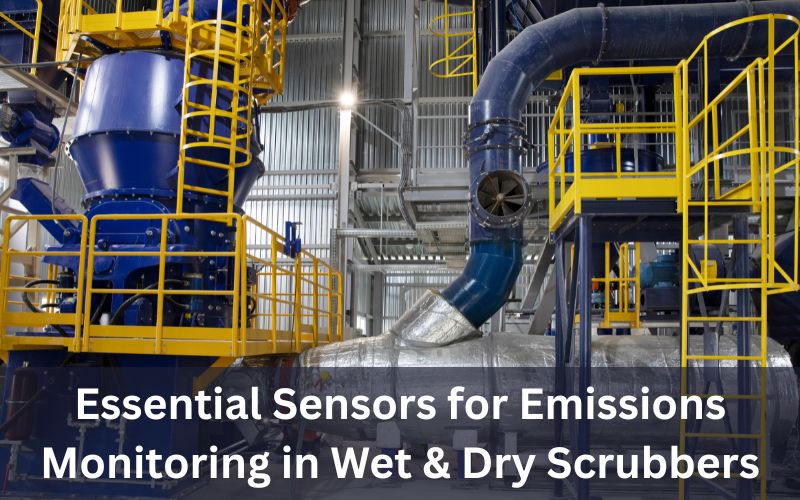
Why Emission Monitoring Matters in Scrubber Systems
Wet and dry scrubbers are designed to remove harmful gases (like SO₂, NOx, and HCl) and particulates from industrial exhaust. To ensure effective pollutant removal and maintain regulatory compliance (EPA, state agencies, etc.), operators must continuously monitor process variables such as:
- pH levels (for chemical reactions)
- Liquid or gas flow rates
- Differential and static pressure
- Fluid levels
- Gas temperature
Without the right instrumentation, even the best-designed scrubber system can underperform, leading to environmental violations, safety risks and unnecessary operational costs.
Key Sensors for Wet Scrubber Systems
Wet scrubbers use a liquid-based scrubbing media to absorb and neutralize pollutants. Monitoring here focuses on maintaining the correct chemical balance, flow rates and system pressure.
-
pH Sensors: pH sensors monitor the acidity or alkalinity of the scrubbing liquid, which is critical in neutralizing acid gases like SO₂. A stable pH helps maximize absorption efficiency and minimize reagent waste.
-
Pro Tip: Choose pH sensors built for high humidity and corrosive environments and ensure they’re easy to calibrate or replace during maintenance.
-
Flow Transmitters: These sensors help maintain liquid circulation rates through spray nozzles or towers. Too little flow reduces cleaning efficiency; too much can cause overflow or pump strain.
-
Differential Pressure Transmitters: By tracking pressure drop across scrubber sections, these transmitters help detect early signs of clogging, buildup, or fan malfunction. Real-time pressure monitoring is crucial for safety and reliability.
-
Level Sensors: Used in sumps or recirculation tanks to prevent overflow or dry running of pumps. Reliable level measurement helps maintain operational consistency and prevent downtime.
Key Sensors for Dry Scrubber Systems
Dry scrubbers typically use solid sorbents or slurries to absorb pollutants without the use of liquid scrubbing media. They require precise monitoring of flow, pressure, and gas temperature.
-
Differential Pressure Sensors: Critical for tracking the condition of filters or absorber beds, these sensors alert you when systems are experiencing resistance from dust accumulation or blockages.
-
Gas Flow Sensors: Gas flow meters ensure consistent flue gas velocity, which is essential for effective reagent injection and pollutant contact time.
-
Temperature Sensors: Gas temperature directly affects reaction efficiency and sorbent behavior. Temperature sensors help maintain ideal process conditions and identify combustion or fan issues early.
Smart Sensor Technology: A Modern Advantage
Today’s leading-edge scrubber systems increasingly rely on smart transmitters with features like:
- Digital communication protocols (HART, Modbus)
- Self-diagnostics and alert capabilities
- Remote configuration and monitoring
These smart instruments not only reduce maintenance burden but also integrate seamlessly with PLC/SCADA systems for real-time data analysis and compliance reporting.
At The Transmitter Shop, we offer a wide range of smart and legacy transmitters from trusted names like Rosemount, Vega, Bourdon, Otis Instruments, Foxboro and PR Electronics, all available in new surplus or reconditioned.
Choosing the Right Sensor for Your Scrubber System
When selecting sensors for scrubber applications, consider:
- Environmental conditions: Corrosive gases, high humidity, or particulate-laden flows require rugged, chemically resistant sensors.
- Sensor compatibility: Ensure your new sensors integrate easily with your existing control system.
- Maintenance needs: Consider accessibility and calibration frequency.
- Budget constraints: Reconditioned or surplus sensors can offer exceptional performance at reduced cost.
Need expert help? Our team has over 30 years of hands-on experience in process instrumentation and can help you size, select, and source the right solution, fast.
Why Choose The Transmitter Shop?
At The Transmitter Shop, we do more than sell transmitters, sensors we provide trusted instrumentation solutions for process-critical systems, including scrubbers used in:
- Chemical & petrochemical plants
- Power generation facilities
- Pulp & paper mills
- Waste incinerators
- Food & beverage processing
With one of the largest ready-to-ship inventories in the U.S., we offer, new surplus & reconditioned sensors, 2-year warranty on most products and Personalized support and sizing assistance
If you're upgrading a scrubber system or troubleshooting emission issues, having the right sensors makes all the difference. Contact The Transmitter Shop today to get matched with dependable, cost-effective transmitters that meet your specific scrubber system requirements.
Browse our inventory or get a quote today at www.transmittershop.com
Related Posts
- Important Calibration Tips for Pressure Sensors
- What is RTD Sensor and How Does it Work?
- What is a Thermocouple and How Does It Work?
- Why Platinum is a Preferred Choice in RTD Sensors?
- How to Choose the Right Exhaust Gas Temperature Sensor for Your Engine
- Role of Sensors in the Food Processing Plant
- How Can Greenhouse Gas Emissions Be Reduced?
- Understanding Electrochemical Detection: Principles, Techniques and Environmental Application
- Furnace Flame Sensor Faults: Everything You Need to Know for Safe Operation
- Complete Hydrogen Gas Safety and Measurement Solutions
- Key Sensors for Monitoring Emissions in Wet and Dry Scrubber Systems
- What is a Mass Flow Meter? Working Principles and Key Benefits
- Electromagnetic Flow Sensors for Abrasive and Corrosive Fluids
- Pressure Sensing Sensor Modes of Measurement: Key Differences and Benefits
- Flow Measurement Challenges in Subsea Operations
- Pressure Sensing Sensor Modes of Measurement Key Differences and Benefits
- Electromagnetic Flow Sensors for Abrasive and Corrosive Fluids
- Mass Flow Meters and Their Working Principles
- Best Explosion Proof Switches for Hazardous Environments
- Best Explosion Proof Switches for Hazardous Environments
- Furnace Flame Sensor Faults Everything You Need to Know for Safe Operation
- Pneumatic Pressure Controllers: A Safe Choice for Hazardous Areas
- A Practical Guide to Vacuum Measurement and Operation
- Understanding Electrochemical Detection: Principles, Techniques and Environmental Application
QUICK ENQUIRY
